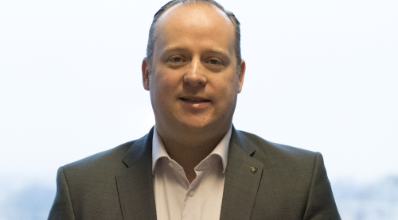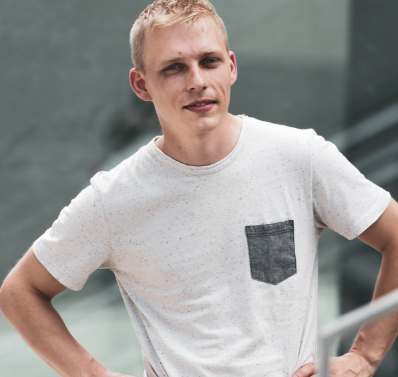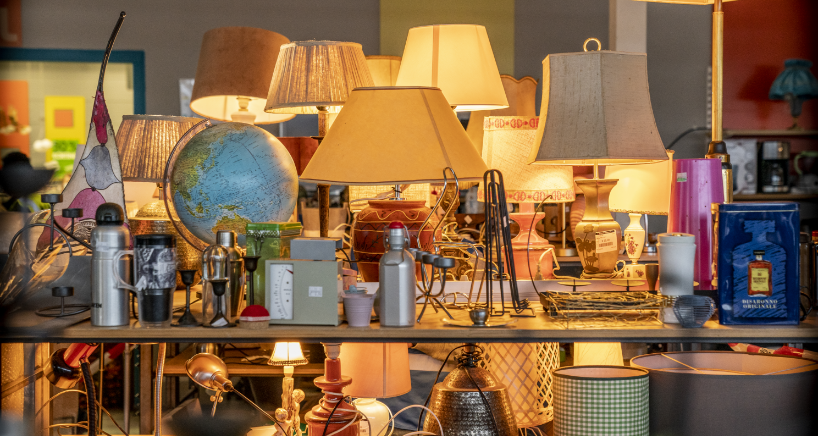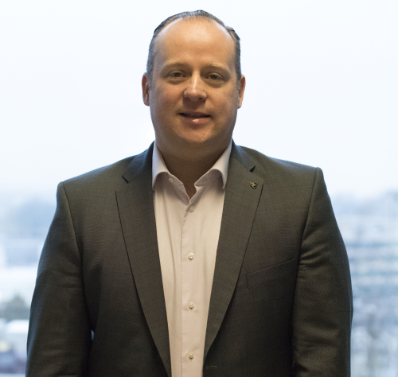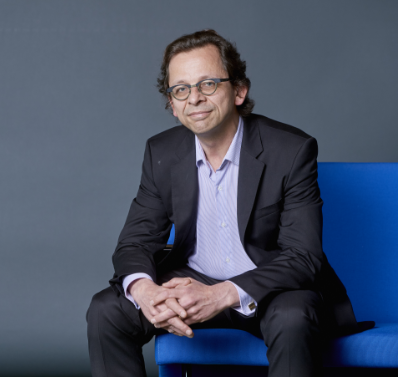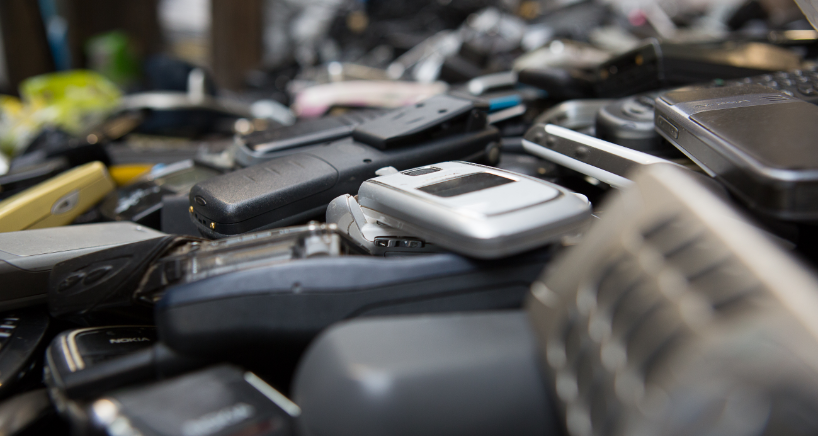Why is it so important to focus on recovery and reuse?
Francine Beya (Ressources): ‘When you recycle goods, there is usually a loss of value because you cannot, for instance, valorise all of the components. This is the well-known concept known as Lansink’s Ladder (the idea that you give priority to the most environmental-friendly processing methods, ed.). But it is also a response to our consumer society, which encourages us to buy new things all the time.’
Joren Verschaeve (HERW!N): ‘The social aspect of recovery and reuse is also part of this. You can see this very clearly with electrical and electronic equipment. People in disadvantaged circumstances often cannot afford a new washing machine. But they can get one at a second-hand shop. Collecting, sorting, and repairing these devices are also labour-intensive processes. So, reuse provides many jobs, especially for people who have a hard time entering the labour market. This is how second-hand shops fulfil a dual social role.’
How many jobs does the social economy create in Belgium?
Beya: ‘In Wallonia and Brussels, we are talking about 7,800 people, but at different levels: contractual workers, volunteers, and people in training. In terms of full-time equivalents, we are talking about 2,300.’
Verschaeve: ‘There are many different types of work and work contracts, but you can say that about 50,000 people in Flanders work in the social economy in one way or another. Specifically, for second-hand shops, it is about 6,000 people. According to our research, there are actually twice as many people eligible for jobs in the social economy, but we do not currently have the resources for this.’
How long have you worked with Recupel?
Verschaeve: ‘I would say from the very beginning. The recycling centres were already doing selective collection in the 1980s. That process was formalised when Recupel was founded. Collaboration agreements were drawn up that determined which devices were accepted, how figures were reported, and so on.’
Beya: ‘Our collaboration dates back to 1999, but it was less structured then. By the way, the creation of our federation came from our members’ desire to determine whether there was room for the social economy within Recupel’s system. The signing of the framework agreement in 2006 transformed our collaboration into a true partnership.’

